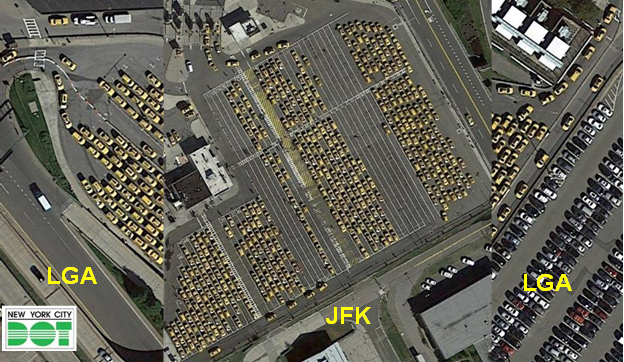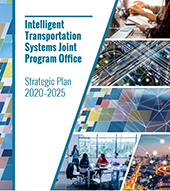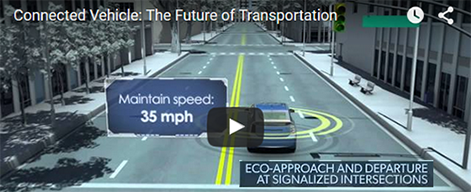News & Information
New York City Builds Over the Air Support Network
The New York City Department of Transportation (NYCDOT) led Connected Vehicle (CV) Pilot program has procured and developed processes to update connected vehicle software and operating parameters to implement vehicle-to-vehicle (V2V), vehicle-to-infrastructure (V2I) and vehicle-to-pedestrian (V2P) applications.
The CV Pilot program is sponsored by the USDOT Joint Program Office for Intelligent Transportation Systems (ITS) to pioneer the deployment of connected vehicle technologies in three U.S. locations, including New York City. The pilot program will demonstrate how safety-related warnings and other CV applications can be deployed in the real world to address safety, mobility, and environmental goals.
The New York City CV pilot project area encompasses three distinct areas in the boroughs of Manhattan and Brooklyn. The pilot will install after-market safety devices, a device installed after initial vehicle manufacture that can send and receive CV messages, on 5,850 taxis, 700 Metropolitan Transportation Authority buses, 1,050 sanitation and NYCDOT vehicles and 400 UPS vehicles.
Throughout the NYC pilot, updates to the device firmware will need to be made to dynamically update the after-market safety devices with custom firmware or threshold settings. NYCDOT will need to be able to quickly update all or a subset of the 8,000 vehicles mentioned above around the same time using over-the-air updates.
Firmware updates can be slow, requiring the device to have a consistent connection to the network supplying the update. Therefore, updates on-the-move cannot currently be supported as the connection can drop when switching between roadside units. Additionally, the updates need to be pushed out over Dedicated Short Range Communication (DSRC) in the 5.9 GHz band. The NYC pilot does not use other networks such as WiFi or cellular to push updates. Further, where previous projects were able to physically access the onboard units, this is not practical for the NY deployment, hence, all updates as well as data collection must use the DSRC media.
To support these firmware updates, the CV infrastructure deployment conducted by NYCDOT will include the integration of over-the-air firmware updates into a subset of specialized roadside units. These specialized roadside units will be deployed at 36 support locations throughout the city. Support locations include airports and terminal facilities which are deemed “barns”. These barns are locations that are frequently visited by fleet vehicles and where the vehicles will be parked for a sufficient amount of time to support firmware updates.

Figure 1. Support RSUs Include Airport Taxi Holding Areas
The firmware update process is initiated by the Traffic Management Center device management centers for the after-market safety devices. The device management center will send out Wave Service Advertisements over a control channel to after-market safety devices through select roadside units. Wave Service Advertisements notify a device when a new firmware update is available, so that an update can be initiated once the vehicle is at a support location. Once the after-market safety device connects to a roadside unit that supports updates, it is directed to a special service channel to receive the update data.
The firmware updates will be digitally signed by the device vendor so that they can be verified as legitimate by the devices before implementing the update. Failed verifications will block unauthorized update attempts and the Traffic Management Center will be notified in the event a verification fails. For data analysis purposes, data collected by NYCDOT will include custom metadata that has fields for the firmware version and settings in place when data was collected.
Updates are delivered by the RSUs in two ways: some are broadcast continuously for devices to monitor and capture, and some use the unicast system which requires the device to initiate the update.
These standardized over-the-air update procedures will allow the NYC CV Pilot program to efficiently update all or a subset of their vehicles to meet both device manufacturer recommendations and their own custom experimentation. Firmware updates are a vital part of the CV infrastructure and the NYC CV Pilot implementation and lessons learned will provide key guidance for future deployers.










